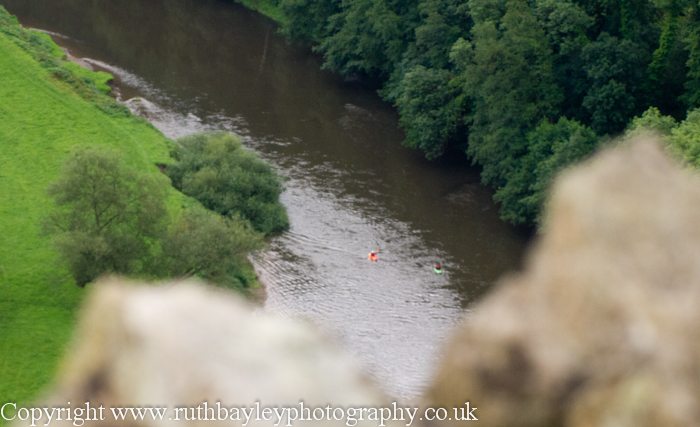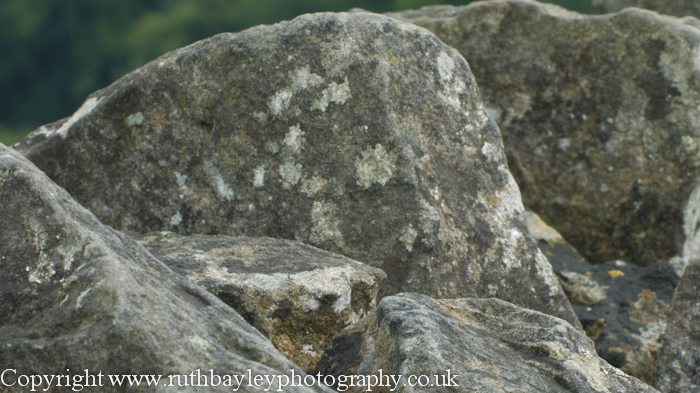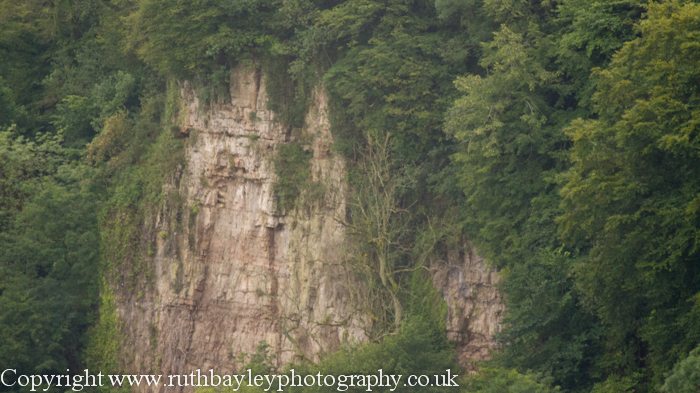I’ve been conducting an experiment this last week of attaching analogue lenses to my digital camera though I have to say the weather has stopped a lot of the experimenting, so the research is still on going.
Instead of discarding analogue lenses my boyfriend and I have been using them with our digital cameras to see how well they work. I still have my analogue Canon lenses with my old SLR in a camera bag and I just can’t bring myself to throw them away when they work perfectly plus, it’s part of my history.
So we bought convertors and are busy attaching sigma lenses to the Panasonic Lumix cameras. The lens I have been trying out is an 80-200mm. Firstly after working with just a 14-42mm lens for a year it’s like starting photography all over again. I’m like a child in a sweet shop just pulling the zoom in and out and seeing the horizon suddenly come upon me; I always did use my canon 300 lens as much for being nosy as actually taking close ups!
When attaching the lens to the camera I have alter the settings to allow the lens to work, and if you don’t already know, there is no auto focus when you attach a foreign lens to a body. Now this isn’t a problem however when we were at Symonds Yat, a beauty spot in the Forest of Dean with views across the river Wye, I couldn’t get the eye piece view and the screen on the back of the camera to agree. The eye piece told me that the image wasn’t focused whilst the screen showed it was perfectly focused. I changed the aperture a few times, focused on close up subjects and could see it was perfectly in focus.
Luckily, I say luckily, we didn’t see anything too amazing in terms of the raptors; we were looking for Peregrine Falcons which didn’t feel like showing up to my birthday party, so I didn’t miss anything whilst I was experimenting. And because I wasn’t sure whether the eye piece of the screen was right result with the focusing, I was reluctant to take too many shots and be disappointed.
The result when I downloaded the images is they are perfectly focused, and as it was an hazy overcast day, it’s not easy to tell if the haziness is because of the climate, or the lens being analogue because the close up shots were perfectly developed. So the experiment continues and I’m loving it. For a while it’s a bit disconcerting to have a new toy and have to learn photography all over again, though when you’ve take a breath and count to a hundred it’s actually quite fun! I would be very interested to know if you have done any experimenting with analogue lenses on digital cameras and what your results have been.
*The Current Photographer website contains links to our affiliate partners. Purchasing products and services through these links helps support our efforts to bring you the quality information you love and there’s no additional cost to you.
Living in the beautiful rural county of Yorkshire it was perhaps natural for Ruth to have an affinity with the countryside and its wildlife. Creativity is Ruth’s driving force finding an outlet in television & radio she worked for many years as producer for BBC & ITV.
However a love of photography and for being surrounded by nature called her to go back to her photography training and bring pleasure and joy to people through her connection with our planet.
Staying in the moment when taking her images allows her to experience the natural magnificence unfolding before her eyes. It is this moment of mediation, of gratitude, that she evocatively conveys through her images.


